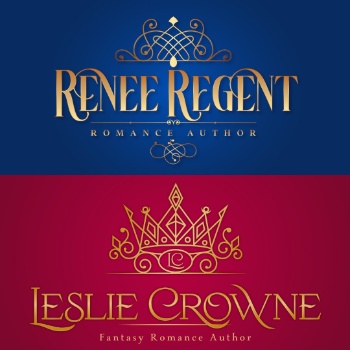Using The Tarot For Insight and Inspiration
Saturday, January 14, 2017 | By: Renee Regent
It’s only natural at the beginning of the year to wonder what the future holds. Maybe that’s why I have been seeing Tarot card readings popping up in my social media feed. Whether you believe a pretty picture on a card can foretell the future or not, you may want to give them a try. There’s way more to Tarot cards than meets the eye, and several ways to use them.
Not Just A Game
Many authors and other creatives use Tarot cards for inspiration. I’ve been studying them most of my life, and have several decks. Invented in Europe around 1450, they were used as playing cards as well as for divination. The intricate designs on the cards are probably what inspired the divination aspect, as the drawings are detailed and full of symbolism. Many decks can be considered works of art, and some have themes, such as cats, steampunk, even zombies (huh?). My personal favorite currently is The Witches’ Tarot, illustrated beautifully by Mark Evans and the guidebook is written by Ellen Dugan. The descriptions and explanations of the symbols are given a fresh take here, leaning toward Wiccan principles.
However, there will always be a special place in my heart for the most common version, the Rider-Waite deck. Illustrated by Pamela Coleman Smith, this is the version frequently seen in TV shows and movies over the past thirty years or so. The drawings are a bit plain compared to some of the more modern decks, but that’s what makes these so interesting. Looking almost like they were made from wood carvings, these have an old-world feel. There’s plenty of detail and symbolism, and the old-fashioned style gives the illusion these cards have ancient wisdom to impart.
Spreads
There’s several ways to do a reading, and the accompanying guidebook of any deck should have diagrams of the most commonly used layouts. But here’s are a few that I’ve used:
The Celtic Cross- this consists of five cards in a cross formation around the center card, with the final four cards in a vertical row to the side (total ten cards). Each position represents a specific aspect, such as “This is behind you, in the process of leaving” and “This is before you”. This layout is a good one for a general reading or for a detailed answer to a specific question.
Card of the day- some people like to pick a card at random for inspiration. The theme of the card picked gives the reader a focus, something to consider as they go through the day.
Year in Advance- Many people, myself included, like to do a reading for the year ahead. This consists of picking twelve cards, one for each month. As with any reading, the cards can be picked at random from the deck, or in order after a thorough shuffle. With Tarot it’s best to use your inner guidance, or your gut feeling to choose the cards, so which ever method you prefer is fine.
Art & Symbolism
As noted above, the cards are chock full of symbols. The colors, the background, the objects and people─every detail has a meaning. Though they may not actually predict a specific outcome, the cards can definitely inspire the reader to think about the meaning of each card and how it pertains to their situation. That’s what I use them for, as a focal point to help me direct my thoughts toward bringing about my desired outcome. That’s where the magic is, right?
And then, sometimes I just like to enjoy the art of the cards for its’ own sake. There are some gorgeous decks out there! It’s interesting to see the different interpretations, too. I have a collection started on my Pinterest Page, under the board “Evocative Art” if you’d like to check it out.
Have you used Tarot? What’s your favorite deck?


0 Comments